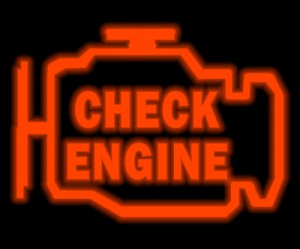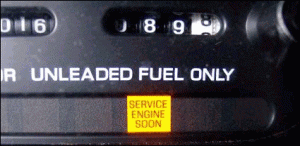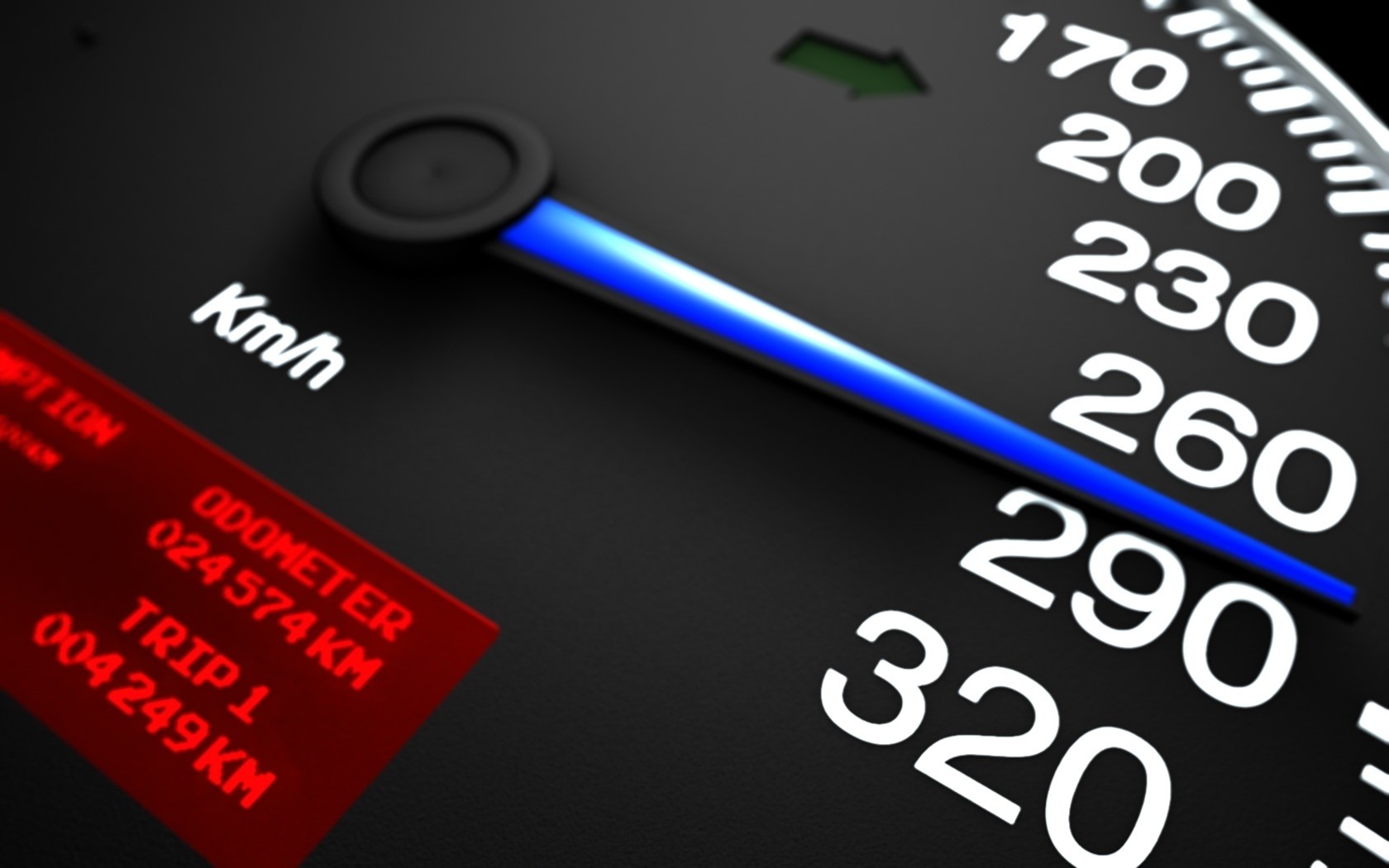You’re driving along in your car or truck and suddenly a yellow light illuminates on your dash telling you to check or service your engine. If you’re like most car owners, you have little idea about what that light is trying to tell you or exactly how you should react.
Call it the most misunderstood indicator on your dashboard, the “check engine” light can mean many different things, from a loose gas cap to a seriously misfiring engine.
“It doesn’t mean you have to pull the car over to the side of the road and call a tow truck. It does mean you should get the car checked out as soon as possible,” says Dave Cappert of the National Institute for Automotive Service Excellence, a Virginia-based organization that tests and certifies auto technicians.
Ignore the warning, and you could end up damaging expensive components. It also can be a sign that your car is getting poor fuel economy and emitting higher levels of pollutants.
What the light means
The “check engine” light is part of your car’s so-called onboard diagnostics (OBD) system. Since the 1980s, computers increasingly have controlled and monitored vehicle performance, regulating such variables as engine speed (RPM), fuel mixture, and ignition timing. In some cars, the computer also tells the automatic transmission when to shift.
When it finds a problem in the electronic-control system that it can’t correct, the computer turns on a yellow warning indicator that’s labeled “check engine,” “service engine soon” or “check powertrain.” Or the light may be nothing more than a picture of an engine, known as the International Check Engine Symbol, perhaps with the word “Check.” In addition to turning on the light, the computer stores a “trouble code” in its memory that identifies the source of the problem, such as a malfunctioning sensor or a misfiring engine.
Manufacturers originally used the OBD system to help technicians pinpoint and troubleshoot malfunctions. But the systems now are required under federal laws governing automotive emissions. Although larger trucks have been exempt from the requirement, that quickly is changing.
“The ‘check engine’ light is reserved only for powertrain problems that could have an impact on the emissions systems,” says John Van Gilder, General Motors’ lead OBD development engineer.
Exactly what the OBD system looks for depends on the make, model and year. The original systems varied widely in their capabilities. Some did little more than check whether the various electronic sensors and actuators were hooked up and working.
What to do
If your “check engine” light illuminates don’t react like one Connecticut motorist, who simply poured an extra quart of engine oil into her 2002 Toyota Corolla. Although extreme situations, such as low oil pressure or an overheating engine, might trigger a “check engine” light, your dashboard has other lights and gauges to warn you about those problems and probably a lot sooner. The best advice is to read your owner’s manual beforehand and learn the purpose of the “check engine” light and every other gauge and warning indicator on your dashboard. Periodically, you also should test the “check engine” light and other dashboard warning lights. Usually, you can do this by turning the key to the key-on/engine-off position. Consult the owner’s manual for more information. Replace any bulbs that aren’t working.
So if the light does go on and blink constantly, here are some tips on what to do:
- Look for a serious problem that requires immediate attention. Check your dashboard gauges and lights for indications of low oil pressure or overheating. These conditions mean you should pull over and shut off the engine as soon as you can find a safe place to do so. On some cars, a yellow “check engine” means investigate the problem, while a red “check engine” means stop right now.
- Try tightening your gas cap. This often solves the problem. Keep in mind that it may take several trips before the light resets. Some vehicles have a separate indicator that warns of a loose gas cap before the condition sets off the “check engine” light.
- Reduce speed and load. If the “check engine” light is blinking or you notice any serious performance problems, such as a loss of power, reduce your speed and try to reduce the load on the engine. For example, it would be a good idea to stop towing a trailer. Have the car checked as soon as possible to prevent expensive damage.
- Contact your mechanic, he may help out with the situation before you get to the garage.
- Have the code read and the problem fixed. If you want to diagnose the malfunction yourself, you can buy a scan tool at most auto parts stores. Prices range from about Ksh3240 to several hundred, depending on the model and the features. The tools come with instructions on how to hook them up and decipher the codes. But unless you have a good knowledge of automotive diagnostics, you’re probably better off taking the vehicle to a professional. Some automotive parts stores will read and interpret the code for you without charge. Unless there is an easy fix, they may simply refer you to a mechanic.
- Don’t go for a state emissions test. In a late-model car, an illuminated “check engine” light probably is a sure sign your car will fail the test. In some states, it’s an automatic failure, even if the problem was nothing more than a loose gas cap. By the way, don’t bother trying to fool the inspection station by disconnecting the battery or using any other method to erase the trouble code and turn off the “check engine” light. Your vehicle’s computer will let the inspection station know that its codes have been erased, and you’ll just have to go back again.
Adopted from: http://www.consumerreports.org/cro/cars/new-cars/news/2005/what-to-do-if-the-check-engine-light-goes-on







![Top 20 Used Cars to Avoid Buying in Kenya – [PHOTOS]](../../../blog/wp-content/uploads/2013/11/top-used-unreliable-cars-to-avoid2-80x60.jpg)

![Top 20 Used Cars to Avoid Buying in Kenya – [PHOTOS]](../../../blog/wp-content/uploads/2013/11/top-used-unreliable-cars-to-avoid2-100x70.jpg)





